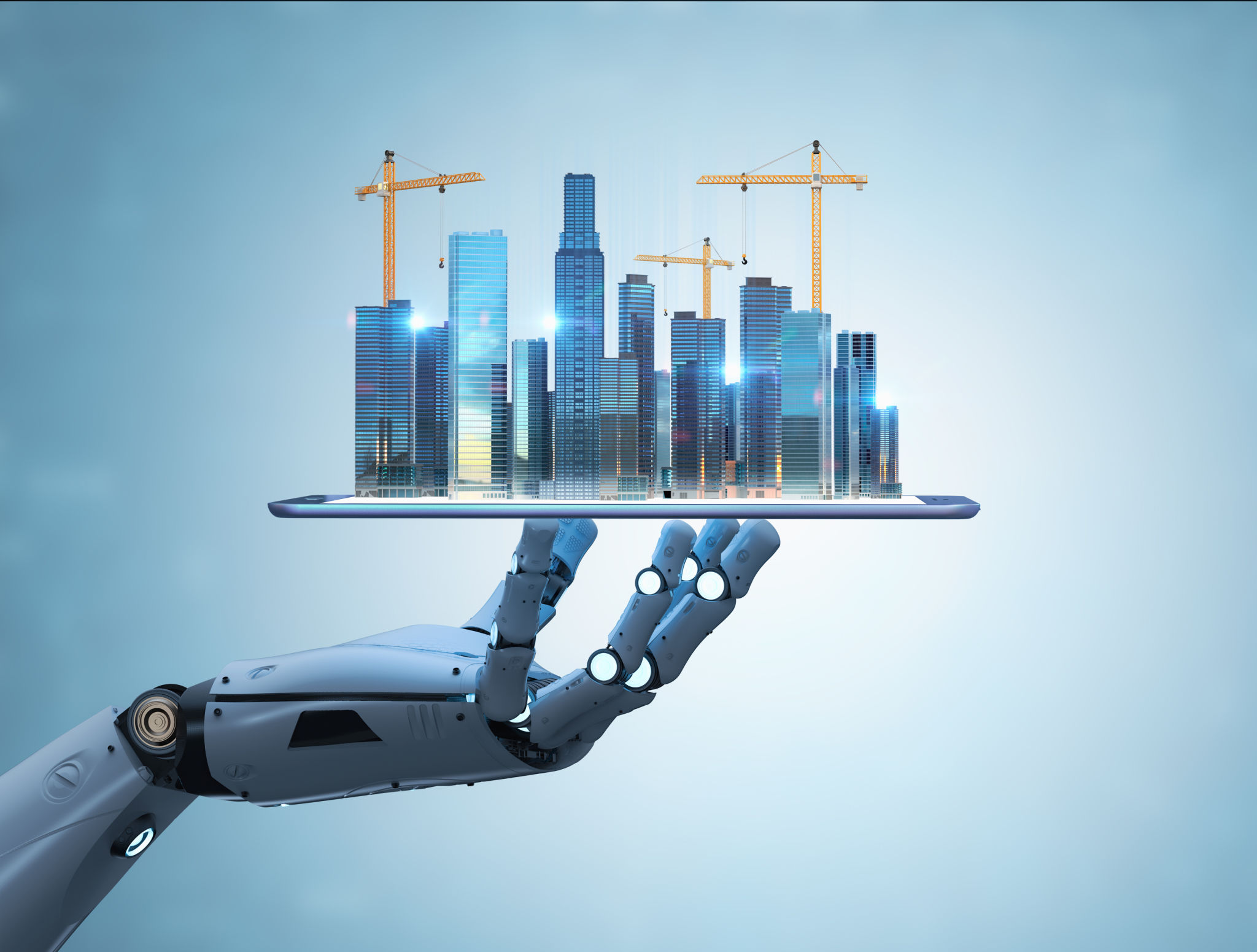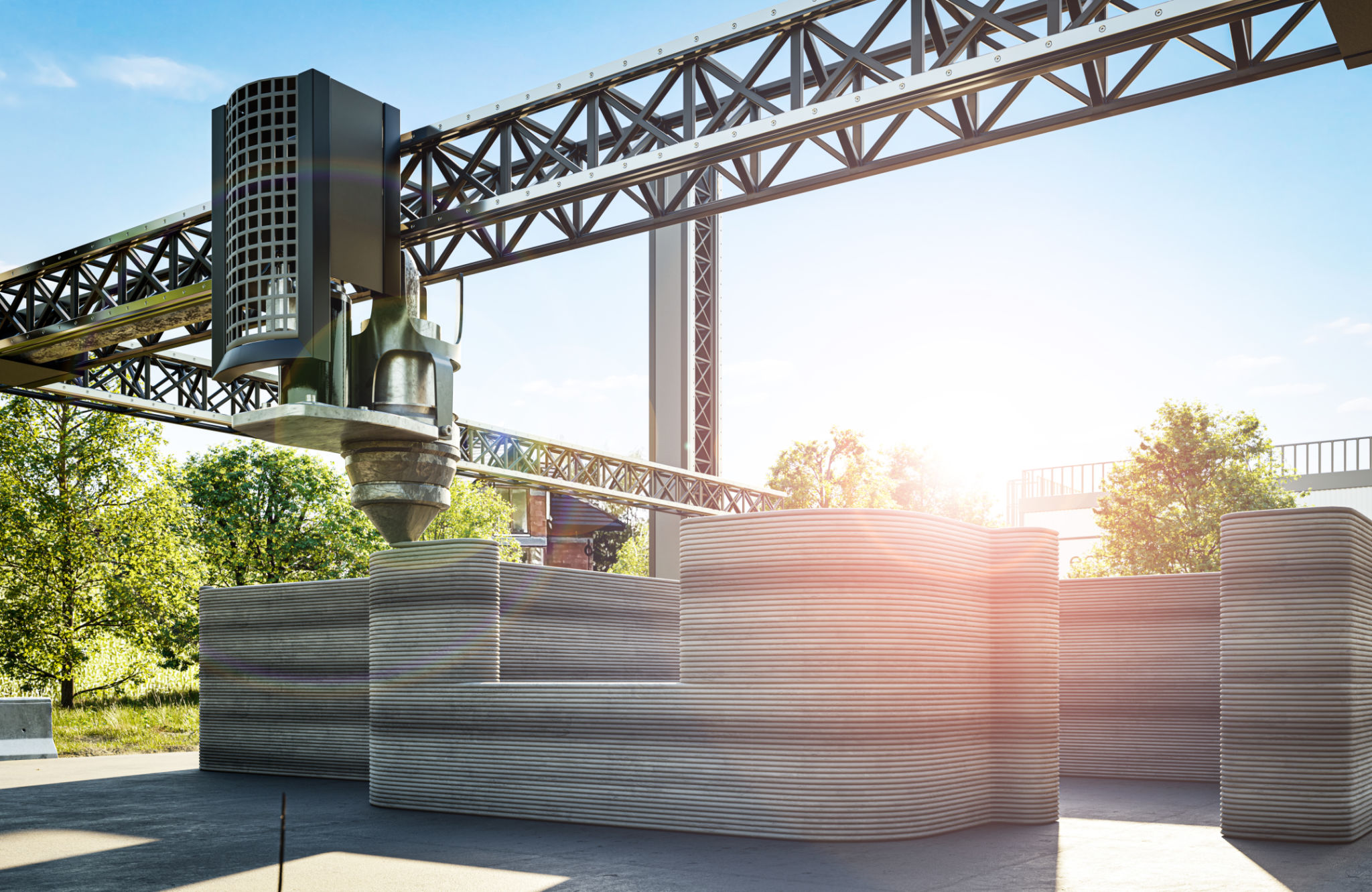The Future of Construction: Trends in Automation and Efficiency
Introduction to Automation in Construction
The construction industry is experiencing a significant transformation, driven by advances in technology and automation. As we move into the future, the integration of automated processes and systems promises to enhance efficiency, reduce costs, and improve safety. Understanding these trends is crucial for industry professionals seeking to stay competitive and innovative.

Robotics Revolutionizing Construction
One of the most exciting trends in construction is the use of robotics. From bricklaying robots to autonomous vehicles, robotics are streamlining operations on construction sites. These machines can work tirelessly, ensuring projects are completed faster while maintaining high levels of precision. As robotic technology evolves, we can expect an even broader range of applications, further transforming the industry.
Benefits of Robotics
Robotics offer numerous advantages, including increased productivity and consistency. They can handle repetitive tasks that would otherwise require significant human resources, allowing skilled workers to focus on more complex duties. Additionally, robots can operate in hazardous environments, enhancing worker safety.

Building Information Modeling (BIM)
Building Information Modeling (BIM) is another critical trend shaping the future of construction. BIM involves creating digital representations of physical and functional characteristics of buildings. This technology enables better planning, design, and management of construction projects through detailed 3D models.
Enhanced Collaboration and Efficiency
BIM facilitates improved collaboration among project stakeholders by providing a shared platform for data exchange. This leads to more efficient workflows and reduced errors. Moreover, BIM's ability to simulate construction processes helps identify potential issues before they occur on-site, saving time and resources.

3D Printing in Construction
The advent of 3D printing technology is also set to revolutionize the construction industry. This innovative approach allows for the creation of complex structures with unprecedented speed and precision. 3D printing can reduce material waste and environmental impact by using sustainable materials and optimizing design processes.
Applications of 3D Printing
From residential homes to commercial buildings, 3D printing offers versatile applications in construction. It enables the rapid prototyping of architectural designs and the production of custom components. As this technology becomes more accessible, its impact on construction will continue to grow.

The Rise of Smart Construction Materials
Smart construction materials are another emerging trend that promises to enhance efficiency and sustainability. These materials possess unique properties that allow them to respond to environmental changes or improve energy efficiency. Examples include self-healing concrete and energy-efficient glazing systems.
Future Prospects
The development of smart materials is still in its early stages, but the potential benefits are immense. As research progresses, we can anticipate a wider adoption of these materials, leading to smarter, more resilient buildings.
Conclusion: Embracing Change
The future of construction lies in embracing technological advancements that drive automation and efficiency. By adopting technologies such as robotics, BIM, 3D printing, and smart materials, the industry can achieve sustainable growth while addressing challenges related to cost, time, and safety. As these innovations continue to evolve, staying informed and adaptable will be key for success in the ever-changing landscape of construction.
